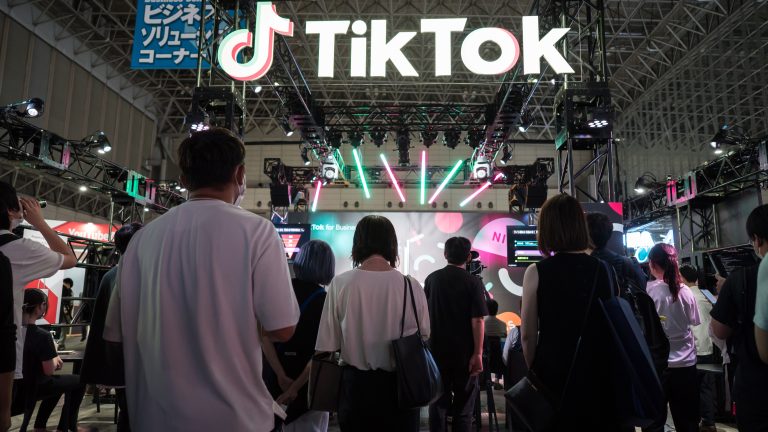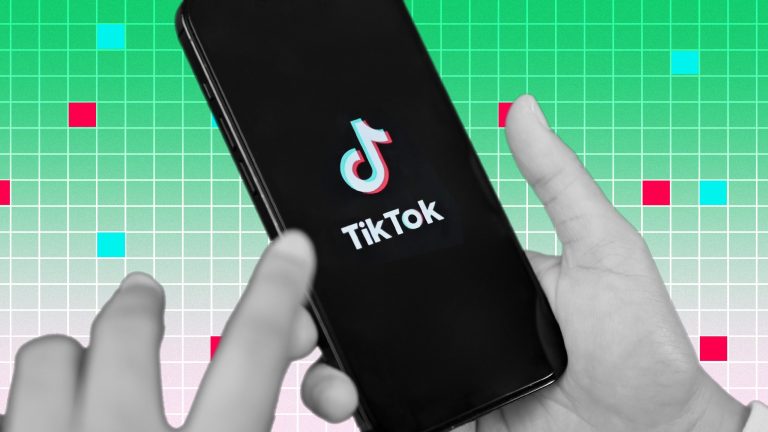Political leaders in the U.S. are inching ever closer to a nationwide ban on TikTok, spurred by concerns over its parent company ByteDance. In the first weeks of the new Congress, lawmakers introduced a bill to institute a nationwide ban, and TikTok CEO Shou Zi Chew is expected to defend the platform when he testifies before the House in March. It’s unclear when or if the government will take more aggressive action — but the possibility has sparked a vigorous debate on a possible nationwide ban on one of America’s most popular social networks.
A U.S. ban might seem unprecedented — but there’s a major precedent many overlook. In June 2020, TikTok had more than 200 million Indian users (then ByteDance’s largest market outside China) when the Indian government abruptly banned it, citing issues of privacy and national sovereignty. The decision came two weeks after Chinese military aggression in India’s northern border led to a high-octane tussle resulting in the death of at least 20 Indian soldiers. TikTok was one among over 200 Chinese apps that were blocked from operating within the country.
“I don’t think that anybody has really complained about missing TikTok.”
India’s experience with TikTok is particularly important as U.S. policymakers grapple with potential economic and political fallout from a ban. India’s ban really did result in a long-term split from Chinese technology, as some in the U.S. have worried. But otherwise, Indians have largely taken the restrictions in stride — and there’s been no meaningful political effort to overturn them. Some influencers still miss the joys of the TikTok era, but investors and consumers have largely moved on and adapted to alternatives.
“We haven’t faced any downside,” said Anand Lunia, founder of Indian venture capital firm India Quotient and a prominent tech critic. “I don’t think that anybody has really complained about missing TikTok.”
The biggest winners from India’s ban have been Instagram and YouTube, which both operate short form video competitors (Instagram Reels and YouTube Shorts, respectively) and saw significant user growth in the wake of the ban. Two years after its launch, YouTube Shorts has 1.5 billion monthly logged-in users, and Reels makes up over 20% of the time users spend on Instagram. Meta earmarked more than $1 billion to invest in creators, a significant portion of which is devoted to creators in India.
The potential windfall for U.S. platforms has been an unspoken factor in the ongoing discussions around a TikTok ban. Mark Zuckerberg, in particular, has sent mixed messages about a possible ban, reportedly advocating for more aggressive U.S. action in White House meetings, while calling a total ban “a really bad long-term precedent” in all-hands meetings with employees.
Some venture capitalists in India tried to capitalize on the ban with their own competitors — but building a TikTok replacement proved harder than it looked. A little more than four months after the ban, at least 13 TikTok short-form video startups emerged — but today, only three of those apps are significant players: Moj, Josh, and Glance. They’ve raised significant funding and seen their valuations rise but struggled to fight the dominance of Reels and Shorts.
“Whatever hopes we had, they were proven wrong. We have not achieved the kind of numbers that we hoped for,” says Lunia, whose firm is a backer of Moj’s parent company. “Meta and Google have extracted their pound of flesh from these other [short-video apps] who want to get app downloads.”
The ban also caused problems for Indian social media stars who amassed followings on TikTok and have found it difficult to find the same audience on other platforms. Awal Madaan was a TikTok superstar with nearly 6 million followers when the axe came down in June 2020. From being one of the most followed TikTok English teachers in South Asia, overnight Madaan lost access to the platform with the widest reach.
“TikTok may be a foreign company, but it was helping individuals here in India who would have otherwise never gotten a chance to be a star,” Madaan told Rest of World, over a call in February 2022.
At the time of the ban, there were no significant alternative short-video platforms, and Madaan relied on long-form videos on YouTube, where he had built a few million followers teaching English phrases through Hindi. When Instagram launched Reels two months later, Madaan took it on as his primary outlet and has since grown his following to more than 600,000. It’s enough to keep him in the public eye but less than a tenth of the audience he had on TikTok.
“There was no other platform which could make them stars.”
“The way I was attached to TikTok, probably I’m not attached to Instagram at this point of time,” Madaan, whose Reels and Shorts accounts are now handled by his social media team, said.
Even more worrying was the state of working-class creators who found fame on TikTok but fell on the wayside, unable to rebuild their popularity on newer platforms. “[The ban] took away stardom from a lot of people who were living in towns and villages,” Madaan said. “There was no other platform which could make them stars.”
Among American observers, the biggest obstacles to the ban are political. For all the concerns around TikTok, there is no hard evidence suggesting the Chinese government has accessed the app’s data — much less used that data for espionage or propaganda purposes. Caitlin Chin, a fellow at the Center for Strategic and International Studies, says that ambiguity presents serious legal and political challenges for critics of the platform.
“In a democratic country, governments can’t just ban forms of expression because they don’t like the country of origin,” Chin told Rest of World. “There has to be a very clear threat and then targeted measures to address that threat.”
For Indians in 2020, the threat posed by China was very clear. The ban came after weeks of escalating tensions at the countries’ shared border, followed by the violent and deadly clashes. Overwhelmed by China’s military spending, India turned to economic measures and banned a series of apps over the following months — including WeChat, TikTok, and hundreds more. In 2022, ByteDance floated the idea of reentry into India, but popular sentiment was still against China, as military-level talks had ended in a gridlock.
Even now, there’s little appetite for bringing back the banned software. “I think it’s been an overwhelmingly positive development for India,” one Indian venture capitalist, who asked to remain anonymous, in order to speak freely on the politically sensitive topic, told Rest of World. While there was momentary chaos and pain, “Indian users have not suffered because some apps are not available. Other apps have come and met the demand.”



